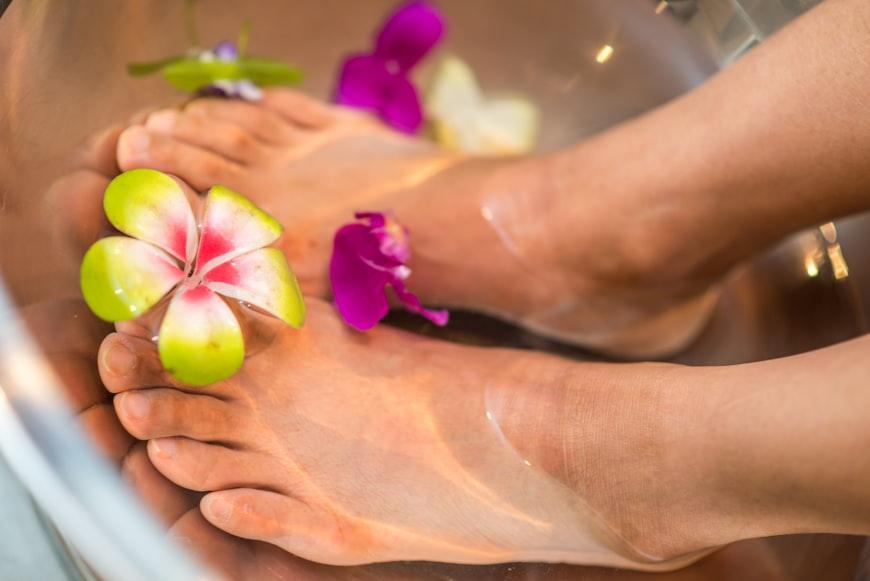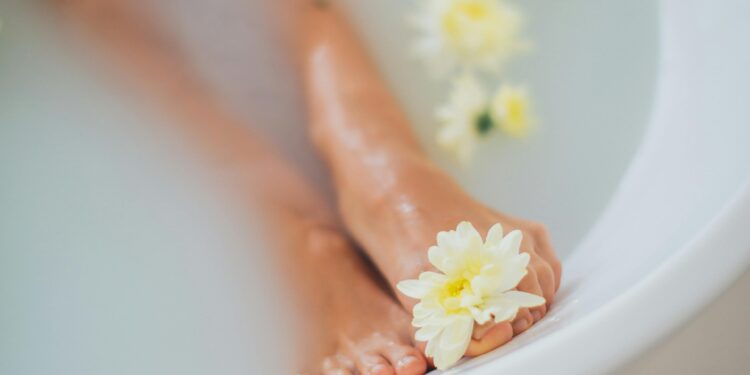Having a cracked heel or fissures on the heel is actually a very common condition. This happens because the skin on the bottom of your feet becomes too dry over time and begins to crack. This condition could happen to anyone both male and female, and once that happens, the skin in that area becomes thick. Because a cracked heel doesn’t seem a lot like a big deal, it is often overlooked. However, if it’s left treated, it can lead to infections.

Common Causes of Cracked Heels
The main cause of cracked skin is dry skin. It’s very easy for people to forget to cream their feet. If the heels aren’t moisturized, it dries out, hardens, and cracks. Secondly, if you spend so much time standing or wearing shoes that don’t give you the support you need, they can put pressure on your heels.
However, if you have underlying conditions like diabetes, or eczema, it can affect your skin, making your skin more likely to crack. Finally, lack of foot care, allows dry skin to build up, which can eventually lead to cracking.
Symptoms Associated with Cracked Heels
- Dry, rough skin on the heel
- Visible cracks or splits in the skin
- Pain when walking or standing
- Itching around the cracks
- Hard skin on the heel
- Bleeding or infection (severe cases)
Home Remedies and Treatment For Cracked Heels
Foot Soaking: Soaking your fleet in warm water, softens the hard and dry skin on your heels. You can add in other ingredients like the Epsom salt, which reduces inflammation and soothes the pain. Additional other ingredients like vinegar or oil also have its own benefits.
All you need to do is keep your feet in the water for about 15 to 20 minutes. The amount of time you soak your feet in this solution depends on how hard the skin is and how quick you need the result.
Exfoliation: A good way to get relief from all those extra skin is exfoliation. After soaking your feet in the mixture of Epsom salt and vinegar, go ahead and gently buff away the dead skin in your heels with a pumice stone or a foot file, whichever one is accessible. However, avoid scrubbing too hard, just move the tool in a gentle circular motion to smooth out the rough patches.
Moisturization: In order to prevent your skin from drying up, you can keep your feet hydrated using heavy-duty moisturizers like petroleum jelly or urea-based creams. The best time to apply moisturizer is not exactly when you find out your skin is dry. Apply moisturizer when the skin is still damp, likely after a bath or foot sook. Also you can apply a moisturizer at night because that’s when you’re less active, which allows it to work overnight.
Heel Balms and Cream: Heel balms are made specifically for the heels, so they tend to work faster than any moisturizer. When getting a heel balm, look out for ingredients like urea, salicylic acid, or lactic acid. These ingredients help to soften tough skin and repair cracks.
Natural Remedies: Most people opt for natural remedies like moisturizing with a thin layer of honey which they’d apply on their feet for at least 20 minutes before rinsing it. The second remedy is applying coconut or olive oil on the feet and putting on socks before bed. Lastly, Aloe Vera gel helps to sooth and heal cracked heels. Because of its calming effect, people tend to apply this right before bedtime.
Protecting your feet: Last but not the least, you need to protect your heels so that you don’t get cracked heels in the first place. Always make sure you have on a pair of comfortable shoes, you don’t stand or walk too much, and you put on socks to lock in moisture after moisturizing.
Bottom Line
Cracked heels might not seem like a big deal at first, but if you ignore them, they can get painful and even lead to infections. All you need to do is moisturize regularly, exfoliate, and use natural remedies or heel balms, which can make a huge difference.

















